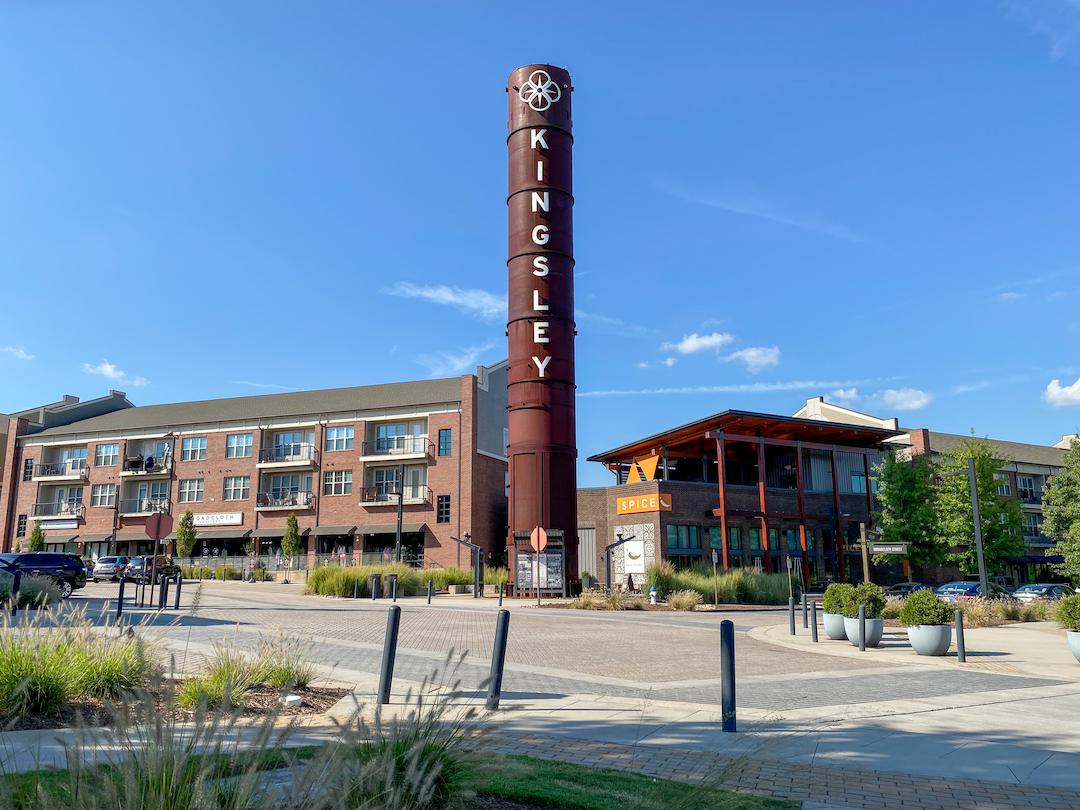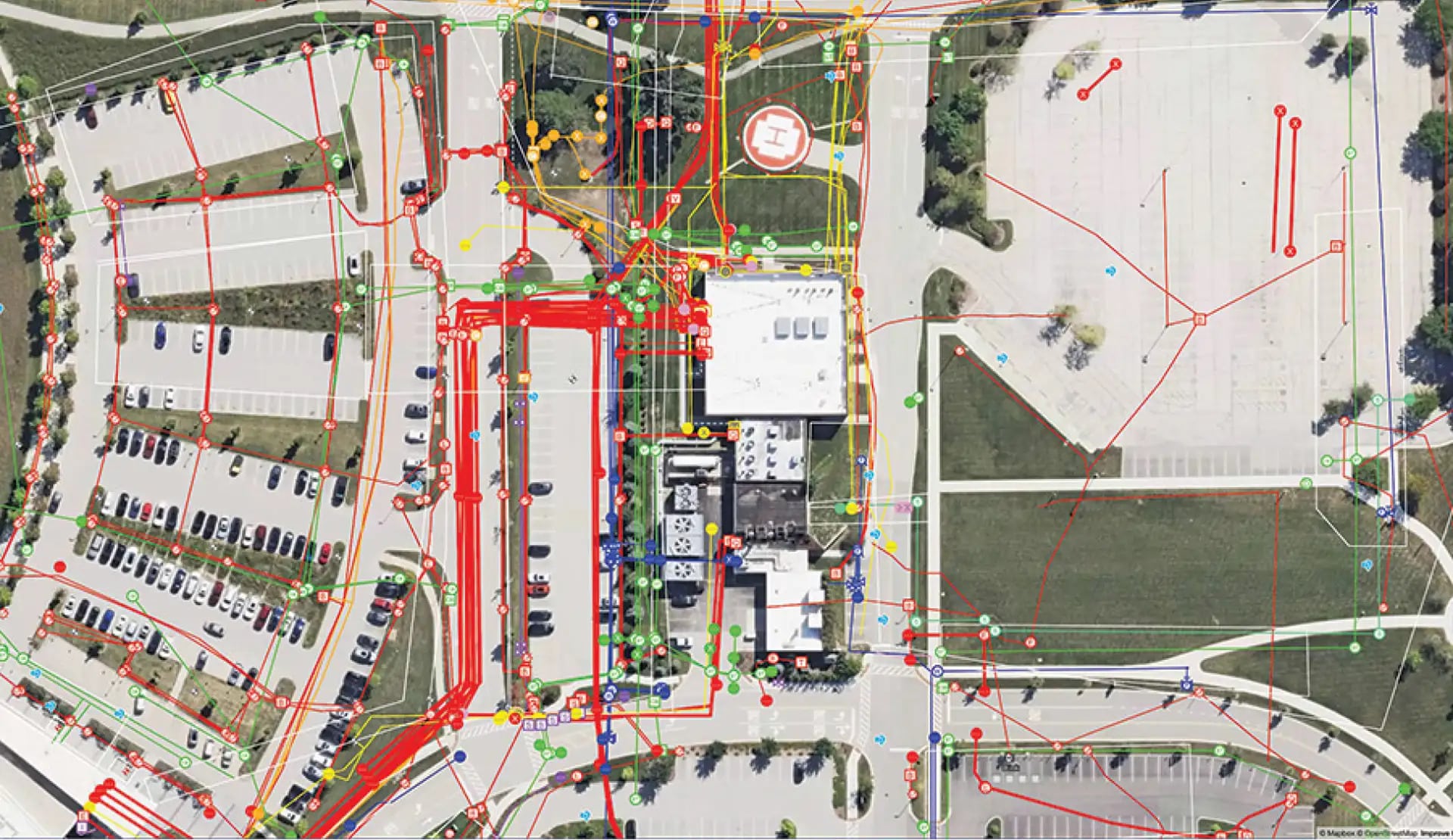Adaptive Reuse in Data Center Development: Leveraging SiteMap® for Seamless Project Management
As the digital age continues to advance, the demand for data centers has skyrocketed. However, building new data centers from the ground up is often costly and time-consuming. To address these challenges, developers are increasingly turning to adaptive reuse—repurposing existing buildings to meet new needs—providing a sustainable and efficient alternative for data center construction.
Without proper planning and communications, however, adaptive reuse brings its own set of challenges because each building being repurposed was designed with a whole other set of needs in mind. That means every item, from the HVAC runs to the floor plan to the windows have to be considered regarding whether they will meet the needs of their new tenants. In the case of data centers, this usually means the ability to use/produce a great deal of electricity and the ability to keep things cool.

Adaptive Reuse Explained
Adaptive reuse involves taking an existing structure, such as a warehouse or office building, although it can be virtually any space, and modifying it to serve a new purpose, like housing data center equipment. This process retains much of the building’s original framework while incorporating modern infrastructure such as servers and cooling systems. Rather than demolishing buildings and starting from scratch, adaptive reuse can allow for quicker, more cost-effective, and environmentally friendly transformations.
Meeting the Growing Demand for Data Centers
With data usage exploding thanks to cloud computing, the Internet of Things (IoT), and the proliferation of digital services, the need for new data centers has become critical. Traditional data center construction is a lengthy process involving land acquisition, planning, and extensive building work. Adaptive reuse has the ability to shorten this timeline significantly by utilizing existing buildings, providing faster deployment to meet the ever-increasing demand for data storage and processing.
Key Advantages of Adaptive Reuse in Data Centers
- Cost Efficiency: Constructing a new facility from the ground up requires substantial investment. By repurposing existing buildings, developers can save on land and construction costs. Adaptive reuse allows for the use of existing materials and structures, wherever possible, to reduce both financial and environmental costs.
- Faster Deployment: Time is a critical factor in the rapidly growing data center industry. Adaptive reuse enables developers to expedite the process by focusing on retrofitting and upgrading existing buildings, which often can reduce the time required to bring data centers online.
- Sustainability: Repurposing buildings instead of demolishing them helps preserve embodied energy and reduces the need for new construction materials, aligning with sustainability goals. This approach also reduces waste generated by demolition and minimizes the carbon footprint of the project.
- Strategic Locations: Many existing buildings suitable for adaptive reuse are located in urban or suburban areas, providing access to necessary infrastructure like power, water, and network connections. These locations can improve data center efficiency and offer proximity to clients, reducing latency.
- Preservation of Architectural Heritage: Adaptive reuse also allows for the preservation of historically or architecturally significant buildings. By converting these structures into functional spaces, developers can maintain the building’s character while giving it a new purpose, benefiting both the community and the environment.
Challenges in Adaptive Reuse for Data Centers
While adaptive reuse offers many benefits, it also presents challenges. Existing buildings may require structural modifications to support heavy data center equipment, and retrofitting older buildings with modern power and cooling systems can be complex. Ensuring compliance with industry standards for safety, security, and environmental controls is another challenge developers must address.

GPRS’ SiteMap®: The Information Hub for Adaptive Reuse
For professionals in architecture, engineering, and construction (AEC) adapting buildings into data centers, the SiteMap® platform serves as a critical information hub. SiteMap’s intuitive design, which features a layered underground utility map and geolocated data storage structure, enhances project management and team collaboration, offering 24/7 access to field-verified data via laptop or mobile device with the SiteMap® mobile application.
With SiteMap®, AEC teams can securely access detailed site information through a user-friendly mobile app, allowing for real-time collaboration across multiple devices. The platform supports data accessibility anytime, anywhere, streamlining decision-making and ensuring that teams can stay on schedule and on budget.
Support from GPRS’ Full Range of Services
Beyond the SiteMap® platform, GPRS provides essential adaptive reuse services such as utility locating, concrete scanning, and 3D laser scanning, ensuring that projects remain safe and efficient. The combination of cutting-edge complementary technology use alongside GPRS’ SIM-certified Project Managers, ensures comprehensive project support from start to finish.
Whether you’re converting an office building into a data center or reimagining another type of facility, GPRS and SiteMap offer the tools and insights necessary to visualize and manage adaptive reuse projects effectively.
If you would like a complimentary demonstration of SiteMap’s capabilities for your facility or organization, click below.
